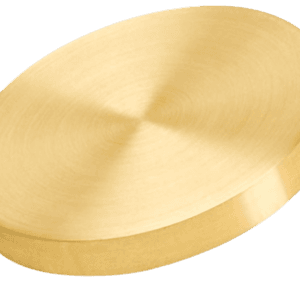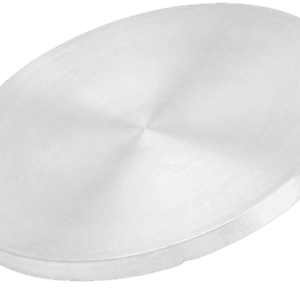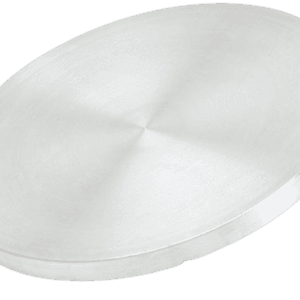Iron Gallium Sputtering Target Description
The Iron Gallium Sputtering Target is a specialized material used in sputtering, a widely employed method for thin-film deposition. It is made from a high-purity blend of iron and gallium.
The Iron Gallium Sputtering Target is designed for applications requiring a thin film of iron-gallium alloy. This alloy possesses magnetic properties, making it suitable for use in magneto-electronics, including magnetic sensors, magnets, data storage devices, and spintronics.
Iron Gallium Sputtering Target Specifications
| Compound Formula | Fe/Ga |
| Appearance | Gray metallic target |
| Molecular Weight | 140.773 |
| Available Sizes | Dia.: 1.0″, 2.0″, 3.0″, 4.0″, 5.0″, 6.0″ Thick: 0.125″, 0.250″ |
Iron Gallium Sputtering Target Handling Notes
Indium bonding is recommended for the Iron Gallium Sputtering Target because its properties, such as brittleness and low thermal conductivity, can make sputtering difficult. The material’s low thermal conductivity also makes it prone to thermal shock, so indium bonding helps enhance its performance and stability during the sputtering process.
Iron Gallium Sputtering Target Application
The Iron Gallium Sputtering Target is designed for applications that require a thin film of iron-gallium alloy. This alloy, known for its magnetic properties, is particularly suited for use in magneto-electronics, including magnetic sensors, magnets, data storage devices, and spintronics.
Iron Gallium Sputtering Target Packaging
We ensure that our Iron Gallium Sputtering Targets are meticulously handled during storage and transportation to maintain their quality and preserve them in their original condition.


 MSDS File
MSDS File



Reviews
There are no reviews yet.